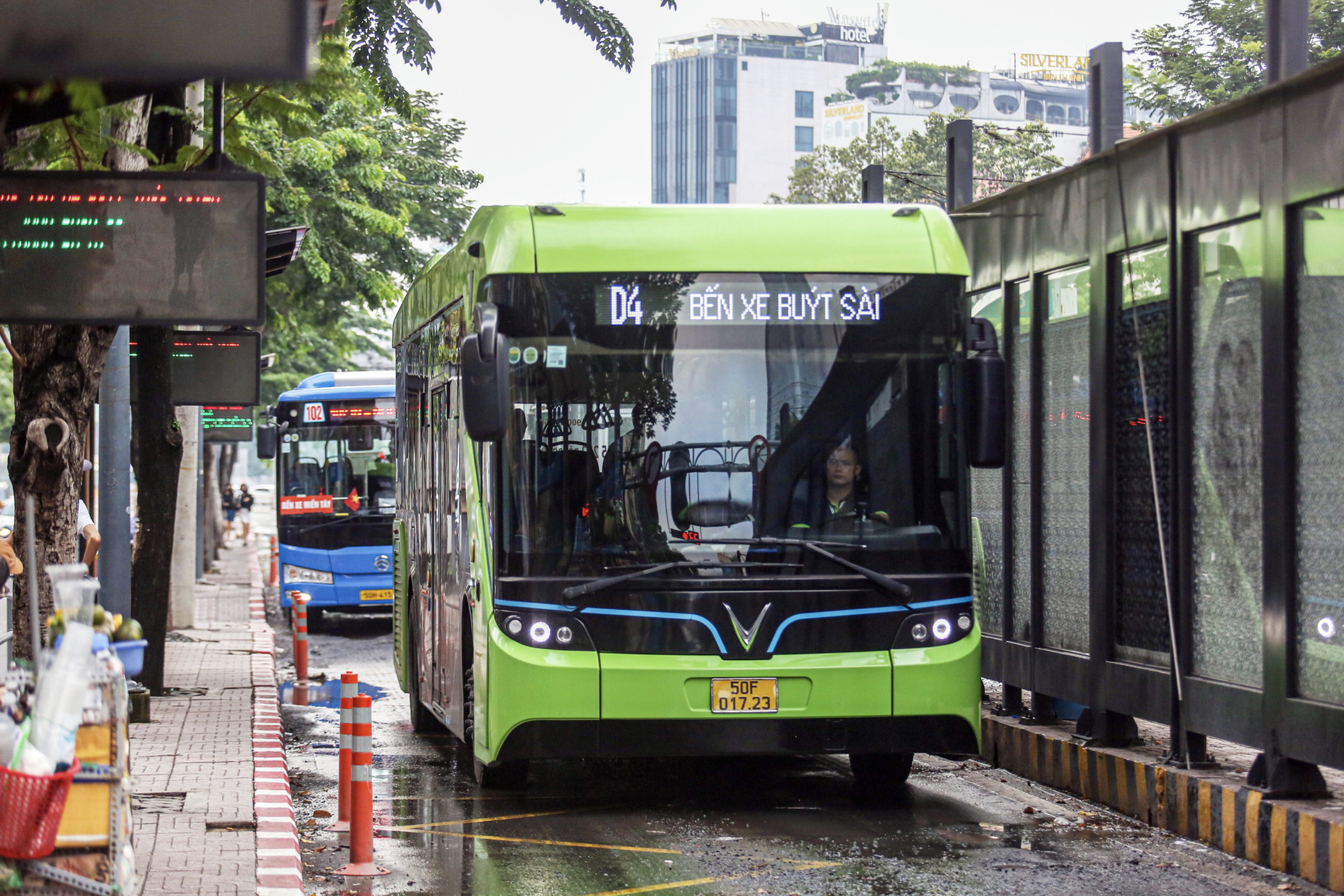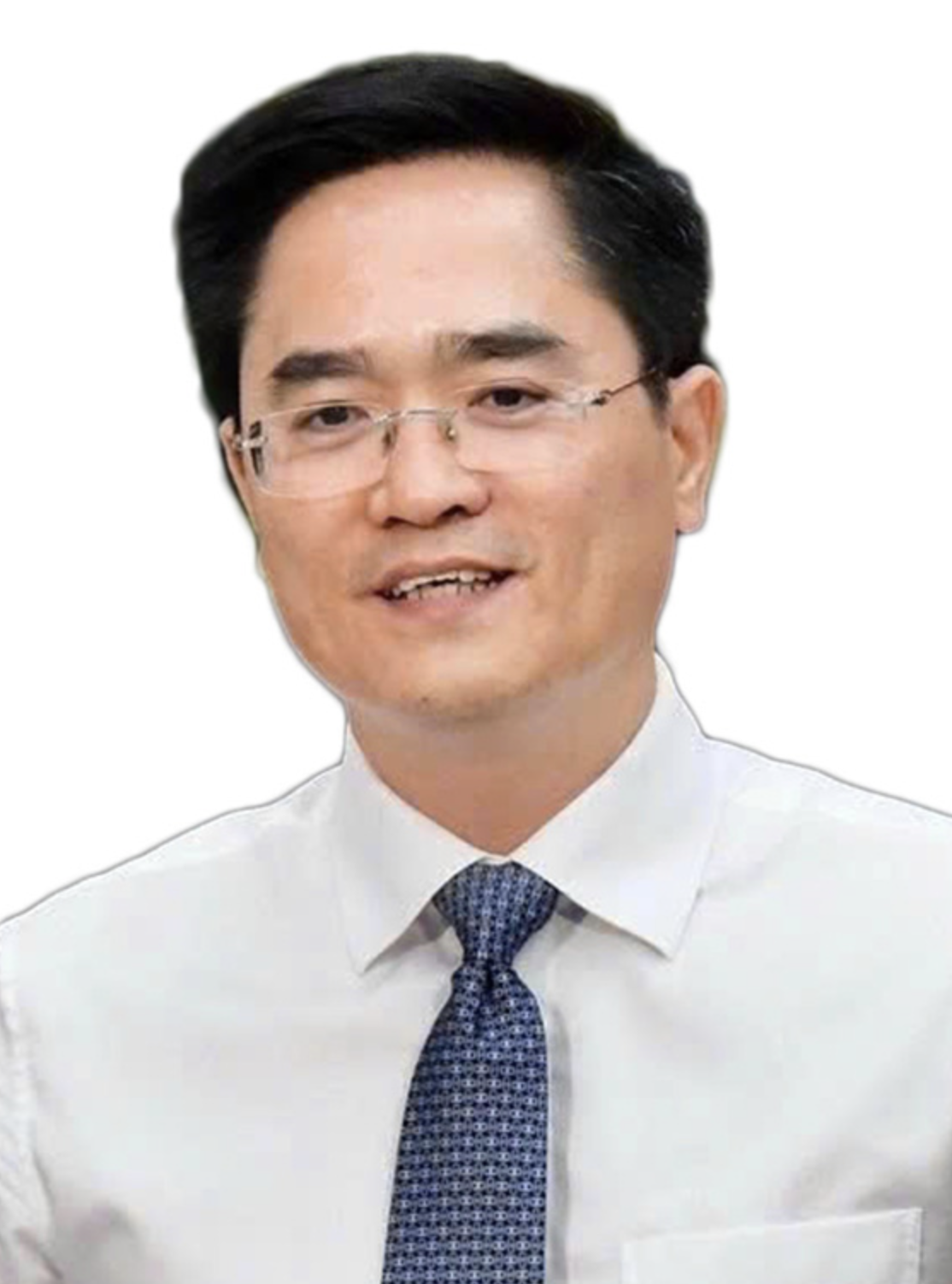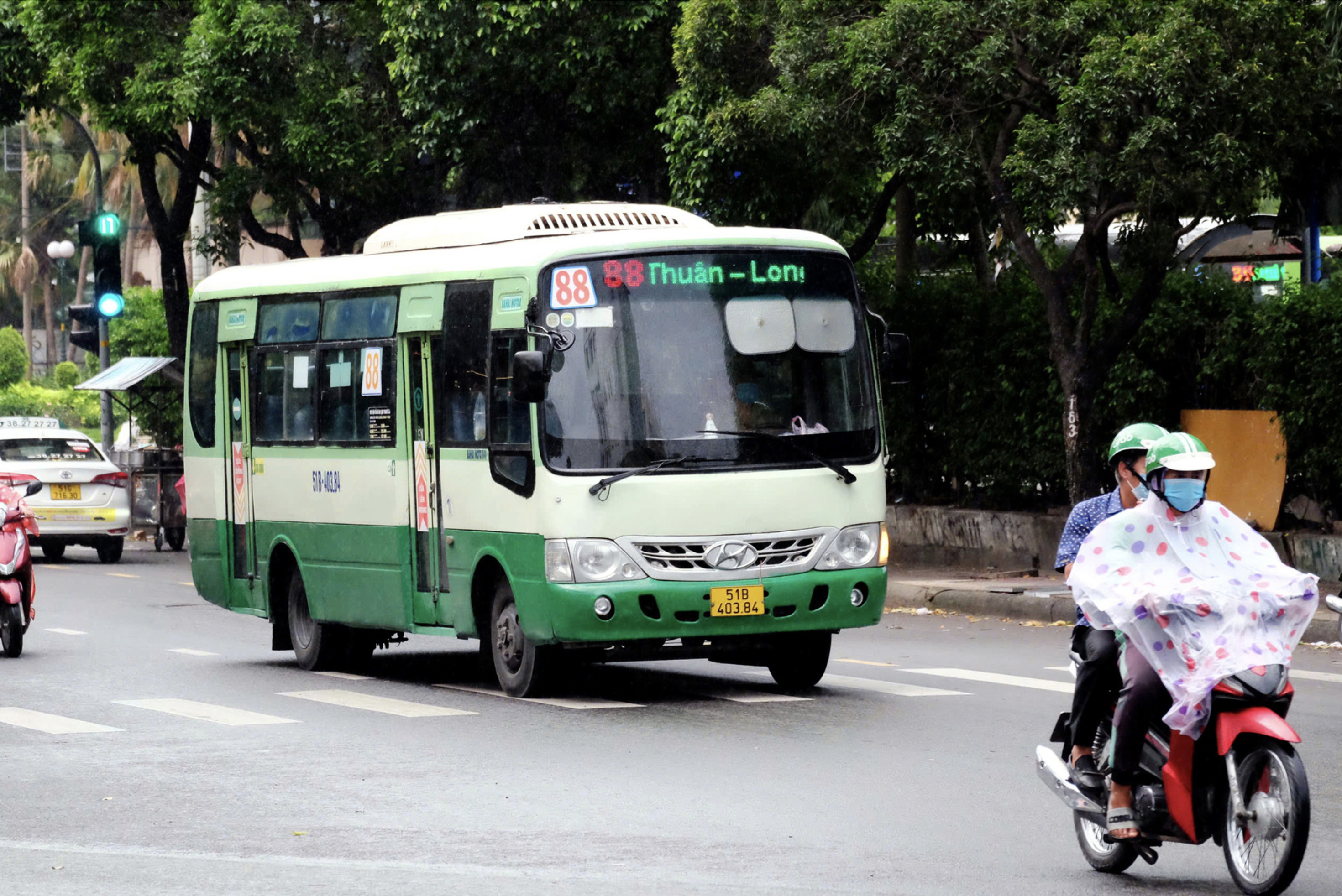Ho Chi Minh City is developing a green transportation plan with the goal of transitioning to an all-electric bus fleet by 2030.
Tran Quang Lam, director of the municipal Department of Transport, told Tuoi Tre (Youth) newspaper that green transportation is a global trend that is being prioritized by many nations.
The city strives to convert 100 percent of petrol-powered buses to e-buses by 2030, aligning with the prime minister’s decision on green energy transition and carbon emission reduction in the transport industry.
The plan will be submitted to the Ho Chi Minh City People’s Council at a sitting in December.
“To make the plan practical, we have learned and referred to several green transport models in many other countries," Lam said.
"Major cities such as Los Angeles, Seattle, Copenhagen, Amsterdam, Guangzhou, and Nanjing are targeting the shift to 100 percent e-vehicles by 2030 or earlier."
Ho Chi Minh City is working to follow the global trend.
“We have converted some 26-30 percent of petrol-powered buses to green energy-powered buses in a bid to make the city’s bus transport system greener,” Lam said.
In China, Shenzhen, Guangzhou, and Dalian have switched 16,000, 11,000, and 4,600 petrol-powered vehicles to e-vehicles.
“To fulfill the city’s target, we will offer a series of attractive incentives to e-bus transport firms and investors during the first phase of the plan," Lam revealed.
"Typically, transport firms can get a preferential loan, with a fixed lending rate at three percent within seven years.
"This is the most favorable incentive for the bus sector in Ho Chi Minh City."
During the planning process, Ho Chi Minh City held several seminars and collaborated with major transport companies, gaining their support.
Some firms that have secured contracts to operate bus routes in the city have urged the swift introduction of policies to support e-bus development and are eager to invest in green buses.
Lam asserted that with a range of incentives and preferential policies for e-bus investors and transport companies, the plan to phase out petrol-powered buses and transition to electric ones in the southern metropolis is achievable.
|
|
| Tran Quang Lam, director of the Ho Chi Minh City Department of Transport |
Opening wide door for green transportation
Many local and international e-bus manufacturers have shown interest in expanding their presence in Ho Chi Minh City.
While the cost of using e-buses is currently higher than petrol-powered vehicles, increased competition from more e-bus brands entering the market is expected to drive prices down.
The lower maintenance and operating costs of e-buses compared to traditional buses could attract more investors.
The growth of green transportation and charging infrastructure will also create numerous jobs and accelerate the development of green technologies.
Bus operation contracts in Ho Chi Minh City and Hanoi are currently limited to five years, whereas many countries offer contracts lasting 10-12 years.
As part of the project planning, the city's transport department has proposed extending the contract duration to 10 years, Lam explained.
One significant challenge is the lack of charging stations. To address this, Ho Chi Minh City plans to equip all major bus stations and depots with charging infrastructure by 2030.
The city will allocate over VND1.3 trillion (US$54 million) from its budget to install 17 charging stations.
Saigon Transportation Mechanical Corporation (SAMCO) will invest VND888.5 billion ($36 million) in building eight charging stations at key locations, including Mien Dong (Eastern) Bus Station, Mien Tay (Western) Bus Station, and An Suong Bus Station.
These charging stations will follow a common standard, ensuring the charging ability of all e-vehicle lines.
The Ho Chi Minh City Department of Industry and Trade and power units pledge to supply sufficient electricity to these charging stations, while city authorities are studying a plan to tap renewable energy to refill these stations.
Investors involved in building charging stations will receive preferential loan interest rates, with 50 percent covered by the Ho Chi Minh City Finance and Investment State-Owned Company, while the city’s budget will cover the remaining half.
This 50/50 incentive aims to encourage companies and investors to partner with Ho Chi Minh City in expanding charging infrastructure, supporting the growth of green transportation.
|
|
| As of now, 26-30 percent of Ho Chi Minh City’s bus fleet consists of green energy-powered vehicles. This picture shows a diesel-powered bus operating on a street in the city. Photo: Phuong Nhi / Tuoi Tre. |
Efficiency in e-bus trial
VinBus, a subsidiary of major Vietnamese conglomerate Vingroup, has been piloting e-bus services for the past two years.
The service was assessed as suitable to the city’s infrastructure and climate.
Many passengers gave positive feedback on the e-bus route D4, which starts at Vinhomes Grand Park in Thu Duc City and ends at Saigon Bus Station in District 1, thanks to modern and eco-friendly e-buses.
Passengers on an e-bus can enjoy a wide cooling space, free Wi-Fi, minimal noise, and no pollution. Many residents look forward to the service expanding across the city.
Phuong Trang FutaBuslines Passenger Car Corporation has announced that it is willing to use 100 percent of e-buses from 2025.
The municipal transport department stated that transitioning to e-buses will enhance residents' quality of life by reducing environmental pollution and improving climate conditions, while also generating revenue from carbon credits.
According to statistics from the Hanoi University of Science and Technology, converting all petrol-powered vehicles to electric ones could reduce carbon dioxide emissions by approximately 235,000 metric tons annually.
Green light from residents, firms
A representative of Phuong Trang FutaBuslines Passenger Car Corporation said, "We support the plan to use 100 percent of e-buses as it matches the prime minister’s decision and the global trend.”
Nguyen Tien Luat, who lives in Thu Duc City, Ho Chi Minh City, said he changed his commute to use the e-bus service.
“The e-bus service should be expanded to more routes citywide, apart from the route D4, as these e-buses are convenient, eco-friendly, and safe,” he said.
Le Trung Tinh, chairman of the Ho Chi Minh City Passenger Transport Association, enthusiastically said, “I throw my support behind the plan to make the transport industry greener in Ho Chi Minh City. However, the plan should be put into practice faster and sooner."
“Public charging stations are crucial for the successful transition to e-buses,” said Bui Van Tuynh, General Director of Infipower Vietnam.
“The city’s support and development of public charging stations and e-buses is excellent news for transport companies.”
Like us on Facebook or follow us on Twitter to get the latest news about Vietnam!
























































